15 CT High Schools Among Nation’s Best for College Readiness
/A total of 15 Connecticut public high schools made the list of the top 500 high schools in the nation, compiled by Newsweek magazine. The top-ranked Connecticut school, Weston High School, ranked #47 in the U.S. and was the only school in the state to crack the top 50. Also reaching the top 100 was Staples High School in Westport at #63. Three high schools were ranked between 100 and 200 on the national list – Ridgefield High School at #119, Connecticut IB Academy in East Hartford at #158, and Lyme-Old Lyme High School at #185.
The Newsweek High School Rankings—recognizing the achievements of the best public high schools in the United States for college readiness—have been published for more than a decade. The rankings were compiled using several metrics, including graduation rate, college enrollment rate, SAT and ACT scores, AP and IB scores and participation, teacher-student ratio and dropout rates.
Newsweek places an emphasis on criteria like college enrollment and graduation rate since “we know that those are some of the biggest indicators of whether students are prepared for college,” Newsweek officials said. This year’s rankings were weighted by: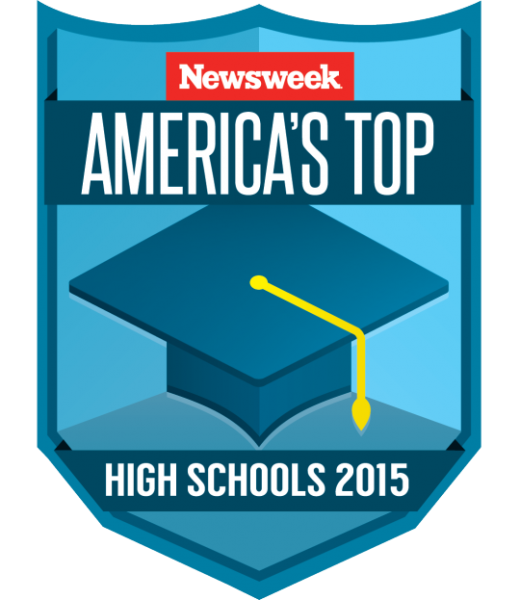
- Enrollment Rate—25 percent
- Graduation Rate—20 percent
- Weighted AP/IB/Dual Enrollment composite—17.5 percent
- Weighted SAT/ACT composite—17.5 percent
- Change in student enrollment between 9th-12th grades, to control for dropout rates—10 percent
- Counselor-to-Student Ratio—10 percent
There are almost 30,000 public high schools in the United States.
Also earning a spot among the top 10 Connecticut high schools on the list were Daniel Hand High School in Madison (#213), Simsbury High School (#273), Newtown High School (#308), Farmington High School (#312), and Woodstock Academy (#337).
The top high schools in the United States, according to Newsweek, are Thomas Jefferson High (Alexandria, VA), High Technology High School (Lincroft, NJ) and Academy for Mathematics Science and Engineering (Rockaway, NJ).
Newsweek also publishes a second list, called “Beating the Odds” which seeks to identify schools that do an excellent job of preparing their students for college while also overcoming the obstacles posed by students at an economic disadvantage. Three Connecticut schools reached that list of top schools – Connecticut IB Academy in East Hartford at #164, Central High School at #270 and The Bridge Academy at #466. The poverty levels for the three schools were listed as 25%, 99.9% and 80.8% respectively.
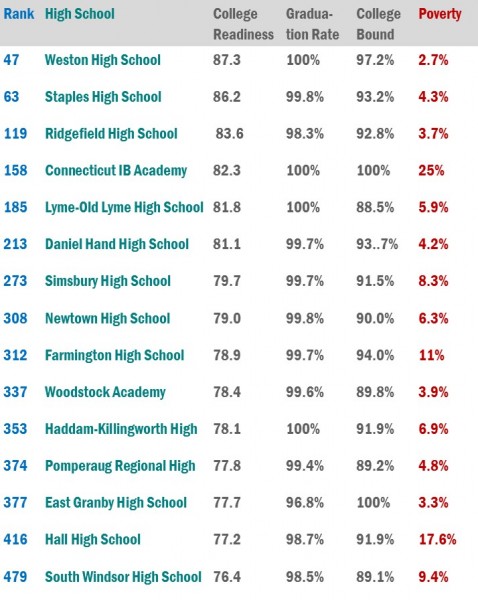


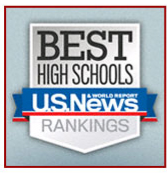 Maryland was ranked at the top of the list, with nearly 30 percent of it’s schools earning gold or silver medals. California came in second with 27 percent, and Connecticut had 25 percent.
Maryland was ranked at the top of the list, with nearly 30 percent of it’s schools earning gold or silver medals. California came in second with 27 percent, and Connecticut had 25 percent.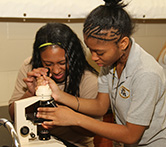
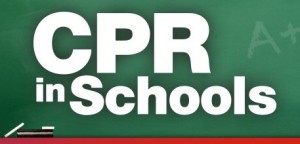 S. approximately 48 people will have a cardiac arrest event outside of the hospital. Nine out of ten people will not survive. However, if lifesaving CPR is performed, a victim’s chance of surviving can double, or even triple, according to the American Heart Association.
S. approximately 48 people will have a cardiac arrest event outside of the hospital. Nine out of ten people will not survive. However, if lifesaving CPR is performed, a victim’s chance of surviving can double, or even triple, according to the American Heart Association.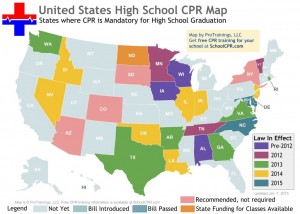 national initiative.
national initiative.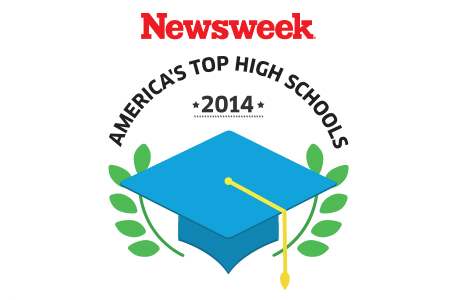
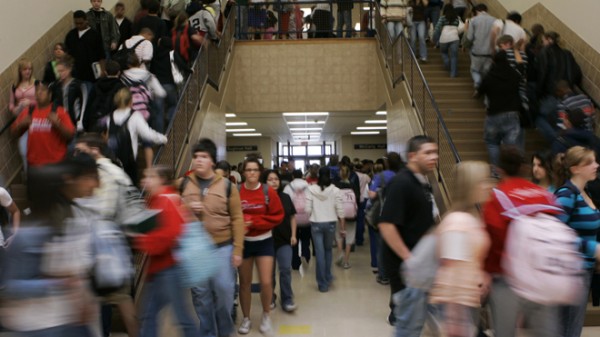
 he publication’s
he publication’s 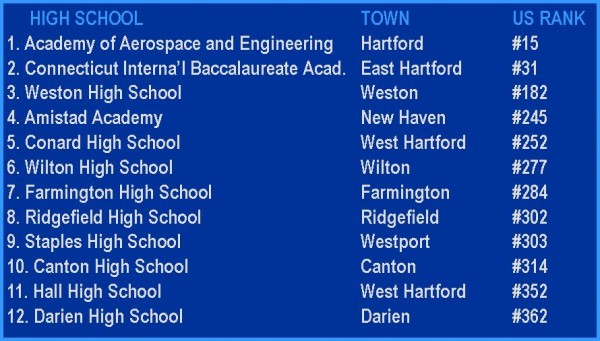 n High School, Fairfield Ludlowe High School, Avon High School, Lyme-Old Lyme High School, Brookfield High School, Fairfield Warde High School, Amity Regional High School (Woodbridge), Guilford High School, Glastonbury High School, Suffield High School, Litchfield High School, Metropolitan Learning Center (Bloomfield), and Bolton High School, all among the top 1,000 high schools nationally.
n High School, Fairfield Ludlowe High School, Avon High School, Lyme-Old Lyme High School, Brookfield High School, Fairfield Warde High School, Amity Regional High School (Woodbridge), Guilford High School, Glastonbury High School, Suffield High School, Litchfield High School, Metropolitan Learning Center (Bloomfield), and Bolton High School, all among the top 1,000 high schools nationally.
 performance (about 15 percent of schools). Three-quarters of the
performance (about 15 percent of schools). Three-quarters of the 



























